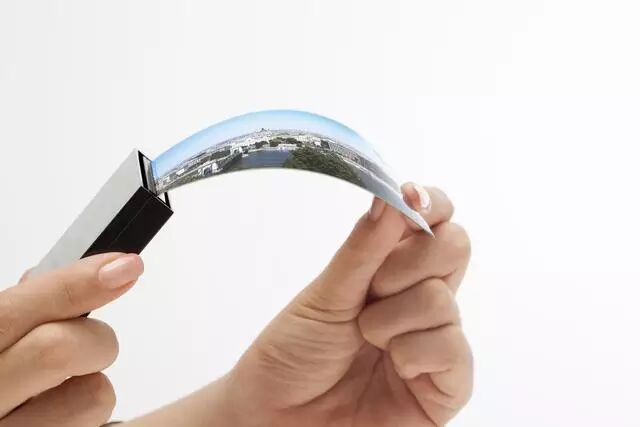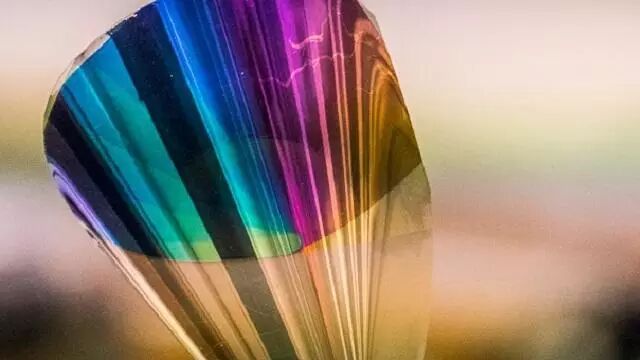 Tencent Digital News According to reports from foreign media, scientists are currently developing a new “electronic paper” technology. This “electronic paper” is actually an ultra-thin flexible display screen with high energy efficiency, capable of clearly displaying content even in direct sunlight or bright environments. It is reported that this flexible display screen is less than 1 micron thick and can display all the colors that ordinary LED screens can show. According to researchers, the power consumption of this display screen is much lower than that of the electronic ink screen used in Kindle e-readers, only one-tenth of it.
Tencent Digital News According to reports from foreign media, scientists are currently developing a new “electronic paper” technology. This “electronic paper” is actually an ultra-thin flexible display screen with high energy efficiency, capable of clearly displaying content even in direct sunlight or bright environments. It is reported that this flexible display screen is less than 1 micron thick and can display all the colors that ordinary LED screens can show. According to researchers, the power consumption of this display screen is much lower than that of the electronic ink screen used in Kindle e-readers, only one-tenth of it.
It is introduced that this ultra-thin flexible display screen, due to its high brightness, is very suitable for displaying information in outdoor public places. In addition to significantly reducing energy consumption, it can also replace existing signal and information display screens, and is more flexible to use.
The research is led by Professors Andreas Dahlin and Kunli Xiong from Chalmers University of Technology in Sweden, who are dedicated to incorporating conductive polymers into nanostructures to create flexible electronic display screens that are as thin as paper. The light-emitting principle of this “electronic paper” is similar to that of Kindle tablets; it is not a standard display screen but does not rely on external light sources for illumination.

Unlike ordinary LED screens that are suitable for use in dark environments, this display is more suitable for bright environments. At the same time, its power consumption is only one-tenth that of Kindle tablet screens, making it naturally more energy-efficient than traditional LED displays.
These characteristics depend on the polymer’s ability to control and respond to light absorption, and the polymer covering the entire surface allows the complete electronic signal to form a high-resolution screen, thus displaying more content. Although this material is not yet ready for practical application, there is already a foundation for further development. The team has tested various pixels composed of red, green, and blue, which can create all the colors that standard LED screens can display.
So far, the results of this research have been very successful, and it has been able to cover the size of ordinary electronic device screens. “Although we are still at a basic level, we are not far from actual application in products,” Dahlin stated. However, the only obstacle for this flexible ultra-thin display screen is that it uses both gold and silver elements, making the overall cost very high.
“The surface of the screen is covered with a 20-nanometer thick gold coating, so there are certain cost requirements,” Dahlin said. “However, during the development process, a lot of gold elements are wasted, and in the future, we will find new methods to significantly reduce costs.”
Source: dnaindia